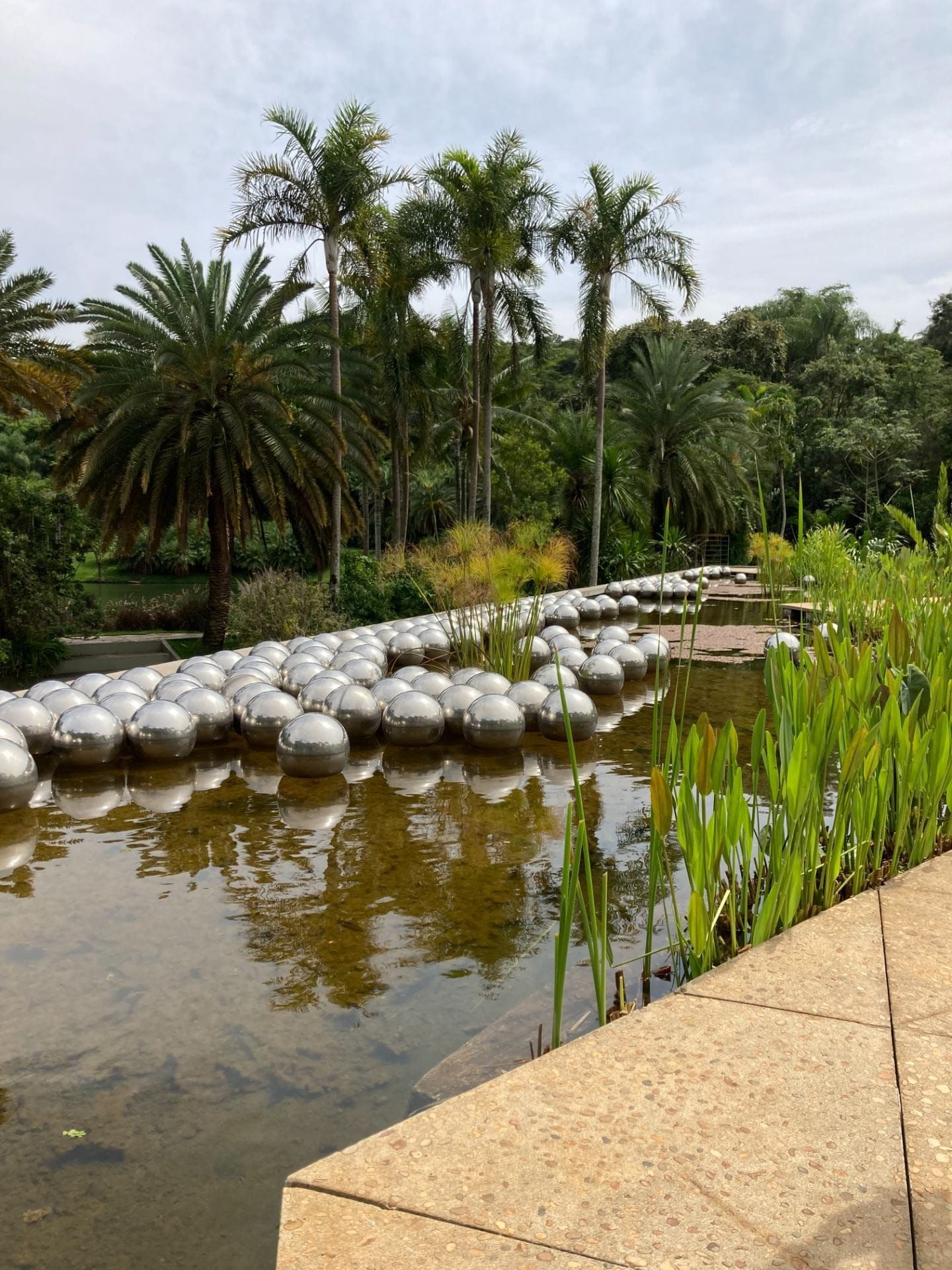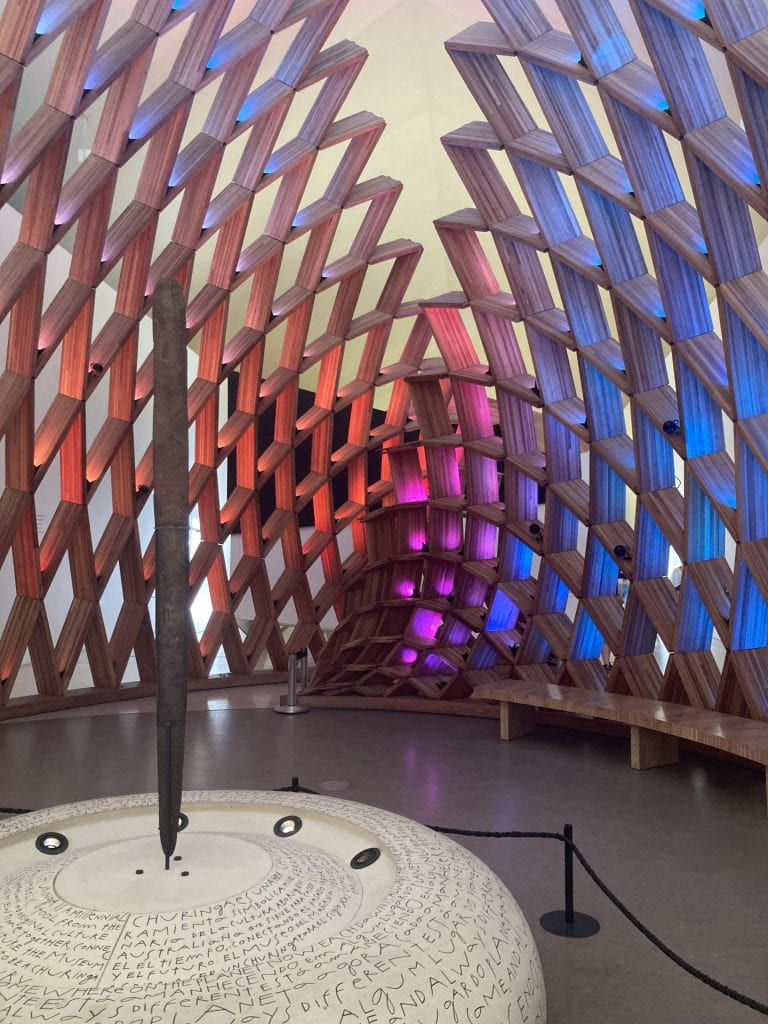
Submitted by Kate Lilly on the 2024 Winter ETE program in Barcelona …
Reciprocal Learning in St. Peter’s School of Barcelona
Our program’s course focus is classroom management–how, as teachers, can we structure our classrooms in ways that support students’ academic, social-emotional, and personal development while maintaining a safe and orderly community? How can we enforce rules while still building strong relationships with our students? All sixteen individuals in our Barcelona study abroad program are elementary teacher education (ETE) majors, so naturally, the “study” portion of study abroad consisted of getting into the classroom to see how Spanish schools differ from those of the United States, and how we can learn from them. To do this, University of Delaware ETE students partnered with St. Peter’s School, a private international school in Barcelona for students in preschool through secondary school graduation. I was placed in a fourth-grade classroom of sixteen students, and in just two weeks at St. Peter’s, I was able to learn so much!
The first aspect of St. Peter’s that is wildly different from my own education was the sheer diversity within the classroom. Of the sixteen students, only three had been born in Spain. The other thirteen students were from countries including (not limited to) Ukraine (as the student pictured), Russia, Serbia, Brazil, China, Italy, Finland, etc. Along with these different nationalities came a diversity of spoken languages–only one student’s first language was English. Every child in the classroom was multilingual, communication skills I can only aspire to have. At St. Peter’s, children receive instruction primarily in English, but in Spanish and Catalan (a Western romance language consisting of a Spanish/French blend, spoken widely in this portion of Spain) as well. It was fascinating to watch children as young as nine years old flawlessly switch between English, Spanish, Catalan, and their first languages, all while covering complex topics such as “Human Intelligence vs Artificial Intelligence” and the effects of AI on the modern world.
The second educational culture shock I received was the freedoms granted to students–in contrast to a lot of schools in the United States, where students’ days have more structure, students at St. Peter’s are free to do a little more. They rough house, talk animatedly and jump into class discussions freely. The school is passionate about letting kids be kids, meaning allowing them the room to figure things out (both the good and bad) for themselves. While initially jarring, due to the intense fear that a child would fall and break a bone, it eventually became a refreshing sight to see a more hands-off approach to learning. I wonder if, in the long run, it leads to more independence among students, or merely medical bills. Regardless, I found myself having a little more fun in the classroom than previously used to, and I will miss it once.
Witnessing the Art of Flamenco
The third and final week of our study abroad program was entirely booked and busy in our attempts to soak in as much of Barcelona as we could. This meant, of course, pulling out all the touristy stops. We took a cooking class as a group, traveled to Sitges (the beautiful beach area of Barcelona that touches the Mediterranean), watched the sunset at the Bunkers (a famous sunset-watching spot overlooking the city), and most importantly, attended a Flamenco show. For those unfamiliar, Flamenco is an art performance composed of dancing, singing, instrument playing, and fashion. It is a traditional dance style that dates to eighteenth century Spain, intended to combine the different musicality to convey deep emotions. Over the years, it has become an especially important pillar of the culture of the Gitano community in Barcelona. Of all the different excursions we took as a group, this shop became my favorite, as it left me feeling the most connected to Spanish culture (and the least like an annoying tourist) than I had felt the entire trip. Not only was it beautiful to watch as the dancers stomped, clapped, snapped, twirled, jumped, and cheered each other on, but the vocals of the performers combined with the sounds of the guitar was enough to make the audience emotional as well. While it may sound cliche, one could see that all the performers on stage cared deeply about their respective parts of their routine, and honored Flamenco in their own unique ways. The women wore colorful dresses with bright floral patterns and full, flowy skirts. The men wore pieces to match some of the women’s dresses. Each woman had her hair styled a different way, often with flowers or patterned scarves woven in. The vocalists and guitar player all wore suits. The formality of their dress did not detract from the individual expression displayed, and the overall feeling was one of deeply valuing a piece of their culture. As audience members, it was an honor to have something so important to others shared with us. The dancers wear shoes with nails built into the toes/heels, to amplify the sound of their tapping and scuffing in time with the singing and strumming of the guitar. It was incredible to see how fast and graceful their feet moved, the male and female performers alike. Several times during the show, I and the other members of the team would exchange looks as if to say, “I can’t believe what I’m seeing and hearing,” or directly whisper such a statement aloud. At the end of the forty-five-minute performance, all of us found ourselves saddened to see something so magical end. Prior to arriving at the venue, I was skeptical about the show to come. It felt as though we were preparing to do something marketed entirely to tourists that was too showboat-esque for actual residents of the city to enjoy. However, in the audience there was a mix of both. It contributed to the feeling of unity created by the sharing of Flamenco between experts of the craft and those entirely new to it. At the end of the experience, I am so utterly thankful I have pictures and videos to look back on, as a memory of the little piece of Spanish history and culture that I was able to consume and enjoy. (Submitted on January 30, 2024)

























